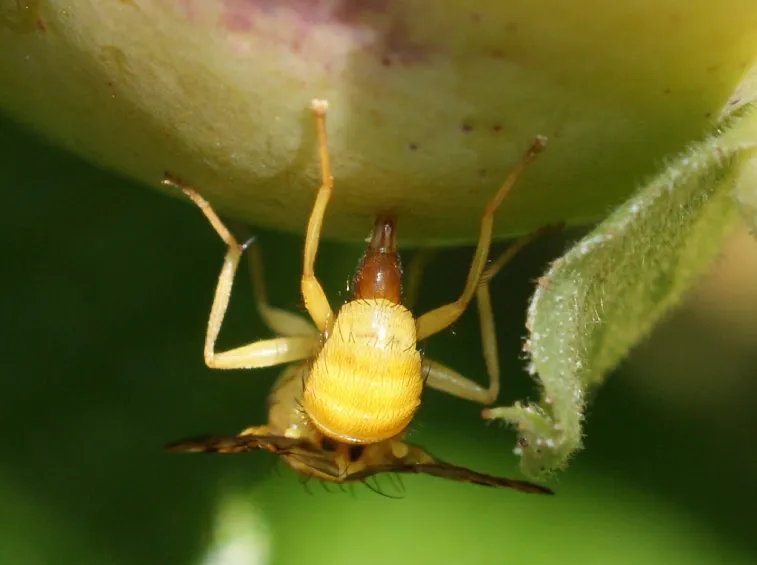The main insects that affect roses
Insects rose
The insects that strike the roses are numerous even if those more ugrave; can be counted on the fingers of one hand. Some are controllable and preventable while others are more difficult; difficult to eliminate once they occur on our plants. Also known as rose pests, the più ones; widespread and harmful are the following: lice or aphids, yellow flies, thrips, beetles, caterpillars and sawflies. Let's see them now più in detail to discover the characteristics, their life cycle and possible ways to fight them effectively.
Rose aphids
Aphids or lice are undoubtedly the insects that occur più frequently on roses. Sap-sucking insects, aphids penetrate the cell walls of the più areas; young plants, such as buds and fresh leaves, and in these tissues they take the sap from which they draw nourishment. In fact, the sap contains sugary substances and other important nutrients essential for the life of the aphids. By stealing the sap from the plants, the aphids cause a first important damage to the infested specimens but they are not limited to this. After sucking the sap, the aphids emit a waste substance called honeydew, characterized by being sugary and therefore sticky. The honeydew in addition to attracting insects such as ants, which treasure these sugars found on the leaves, settles on the upper surface of the leaves creating a sticky layer on which they grow easily; the fumaggini (mushrooms).
Yellow flies
Another annoying pest of roses are yellow flies, less widespread than aphids but more ugly; annoying as più difficult to fight. In fact, the yellow flies are insects that are found in flight for most of the time and è for this reason it is very difficult to find efficient spraying that is able to eliminate these parasites. L’ the only period in which yellow flies are easy to eliminate è when these are about to lay their eggs in the terminal part of the branches. In fact, in this phase the yellow flies settle on the branches and remain there for a short period and è therefore possible the contact between the insects and the pesticide. The damage done by yellow rose flies to plants &is serious; mainly linked to this phase of reproduction or to the holes that flies cause in plants to lay their eggs. In particular the major damage è caused by the larvae escaping from the eggs and gnawing on the inside of the branch to feed. A key element in recognizing the yellow fly infestation (if we haven't already noticed the flies roaming around our roses) are the pinholes. If we notice the presence of these holes it is better to remove a good part of the affected branch and burn it, thus eliminating it; eggs and larvae and avoiding the spread of these insects.


